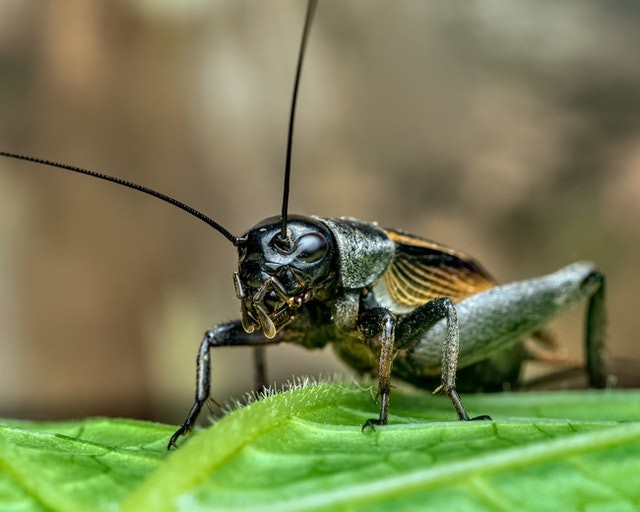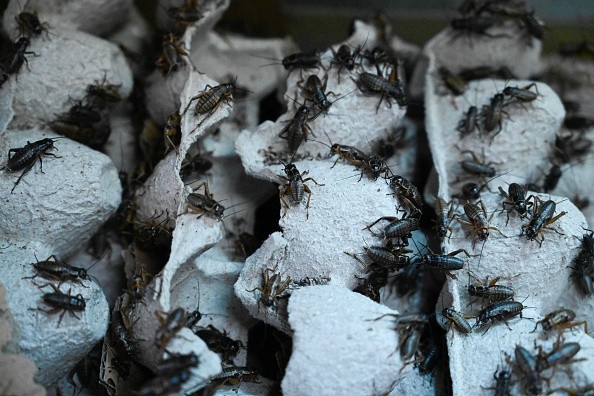Researchers from Tel Aviv University and the Open University of Israel collaborated to carry out a study that has discovered that exposing male crickets to artificial light at night (ALAN) may disrupt their activity cycles.

Why Should ALAN be Reduced ?
According to the researchers, nocturnal chirping is a way males attract females to mate with them, and its interruption may impair reproductive processes and potentially put the species at risk.
Many kinds of animals and plants have demonstrated to be harmed by light pollution in previous studies conducted across the world. The researchers recommend that ALAN be greatly reduced to allow for cohabitation in the nighttime environment.
Prof. Amir Ayali and Keren Levy of Tel Aviv University's School of Zoology and the Steinhardt Museum of Natural History, as well as Prof. Anat Barnea of the Open University's Department of Natural and Life Sciences, led the research.
Ronny Efronny and Yoav Wegrzyn from Prof. Ayali's group also took part in the research. The research was published in the Proceedings of the Royal Society B, and also appeared in Nature.
According to Keren Levy, a significant basis of life on Earth is the division between day and night, light and darkness. Humans, however, being day animals afraid of the dark, break this natural order by creating artificial light that chases away the darkness and enables them to continue their activities at night.
Also Read : Male Crickets Imitate Predator Chirps To Startle Potential Mates Into Revealing Location
ALAN's Negative Impacts on Animals
More than 80% of the world's population is now exposed to light pollution, and the global expanse of ALAN is growing at a rate of 5% per year. ALAN has a harmful influence on the ecosystem and has an impact on natural behaviors that have evolved over millions of years.
ALAN reduces the duration and quality of sleep in many animals, causes significant mortality, and disrupts many animals' activity cycles. For example, as light pollution grows, dung beetles that navigate by the Milky Path lose their way.
The influence of light pollution on field cricket was investigated in this study. The field cricket is a nocturnal bug whose chirping may be heard during the late summer evenings when males call for females to mate with them. According to Prof. Ayali, crickets have a fairly predictable activity cycle in nature. Chirping activity, which is used to attract females, begins at dusk, continues through the night, and terminates in the morning.
Researchers exposed field crickets to various doses of ALAN throughout the course of their lives and watched how it affected two basic behaviors: chirping and movement.

Outcome of the Study
The researchers studied hundreds of crickets that were exposed to four different light settings throughout their lives (from egg to adult stage). Crickets subjected to 12 hours of light followed by 12 hours of darkness developed 24-hour cyclic activity patterns, beginning to chirp when the lights went out, stopping when the lights were switched back on.
Crickets exposed to partial illumination during dark intervals lost their inherent rhythms and synchrony with their surroundings: 80% followed an independent inner cycle, while 5% lost all rhythm. Crickets subjected to steady light for 24 hours a day, seven days a week established their own cycles (71%) or lost all regularity (29 percent ).
According to the results, an increase in ALAN in the lab causes a loss of rhythmicity in both individuals and populations.
For more news, updates about crickets and similar topics don't forget to follow Nature World News!
© 2025 NatureWorldNews.com All rights reserved. Do not reproduce without permission.





